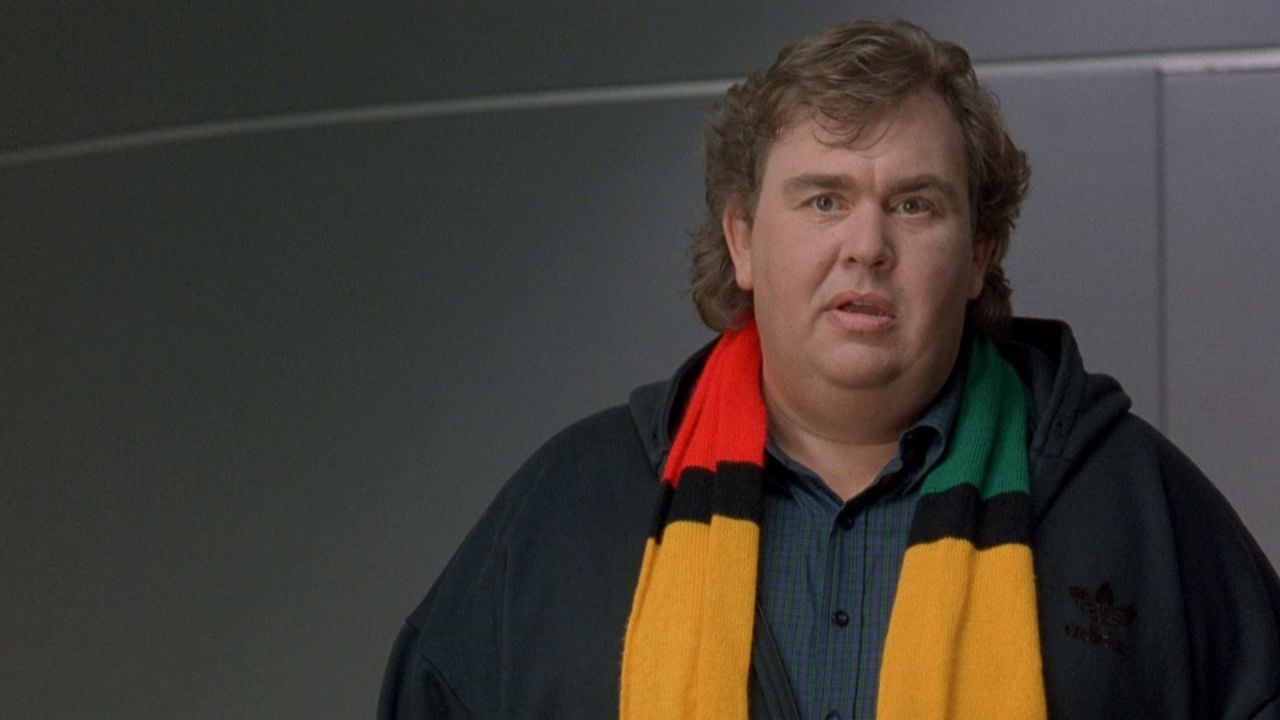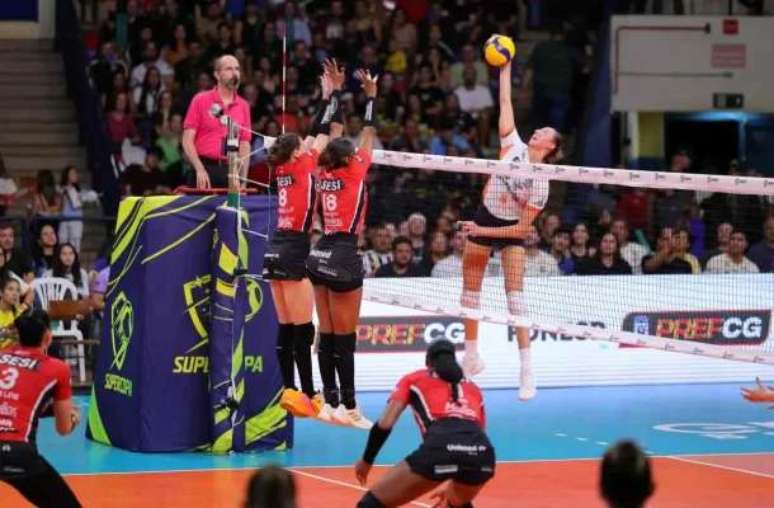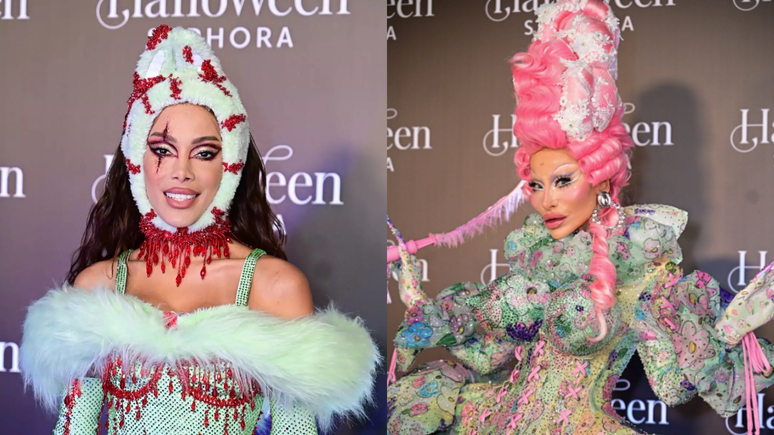Ranma 1/2, one of the most beloved series in the anime universe, returns in a remake produced by Netflix that promises to attract both new viewers and nostalgic fans. This adaptation of Rumiko Takahashi’s classic manga, originally published between 1987 and 1996, has gained worldwide popularity for blending comedy, martial arts and supernatural touches in an engaging way.
The new version, released on October 5, 2024, resumes the story of Ranma Saotome, a young martial artist who, after falling into a cursed fountain during training in China, begins to transform into a woman when he comes into contact with water cold. ., returning to its male state with only hot water.
This quirk triggers a series of confusions and comedic challenges for Ranma, especially in his relationships. With a high-quality production from the renowned MAPPA studio, famous for hits such as “Chainsaw Man”, the remake seeks not only to pay homage to the original work, but also to incorporate contemporary elements and renewed images to captivate new generations.
What to expect from the Ranma 1/2 remake
Story and characters
The core of Ranma 1/2’s story revolves around the adventures and misadventures of Ranma Saotome, whose curse constantly challenges his identity and routine. After the fateful incident in the cursed fountains of Jusenkyo, China, Ranma finds himself on a journey to deal with the confusion caused by his involuntary transformation and deal with his relationships, particularly with Akane Tendo, his fiancée. The story maintains the light and fun atmosphere of the original version, with situations full of comic tension and family confusion.
In the remake, the classic characters all return, including iconic figures such as Ryoga, Ranma’s eternal rival, the mysterious Shampoo and Nabiki, Akane’s pragmatic sister. Fans can expect the studio to respect each character’s original personality, but also introduce modern nuances that allow for a connection with today’s audiences.
Production and studio
The responsibility of bringing the Ranma 1/2 remake to life falls to the MAPPA studio, known for high-quality productions and compelling narratives, such as “Chainsaw Man” and “Jujutsu Kaisen”. Director Kounosuke Uda, with experience in popular series like “One Piece,” brings his vision to revamp Takahashi’s story. The scripts are written by Kimiko Ueno and the character designs are the responsibility of Hiromi Taniguchi, who tries to balance visual fidelity with a stylistic update.
The soundtrack, a point that fascinates every anime fan, was composed by Kaoru Wada, known for his work on “Inuyasha”. With this talented team, the remake promises a unique audiovisual experience, providing a balance between the nostalgia of the old and the vibrancy of a modern production.
Dubbing and release of Ranma 1/2
Another prominent factor of the remake is the dubbing, which brings back names that marked the classic version. In Brazil, Márcio Araújo (male Ranma), Fátima Noya (female Ranma) and Tatiane Keplmair (Akane) reprise their roles. This continuity in the voice acting helps preserve the essence of the series, while offering a new look for today’s audiences.
Netflix has chosen to distribute the remake of Ranma 1/2 in weekly episodes, for a total of 12 episodes in the first season, with a schedule already communicated to the public:
This strategy keeps the audience engaged and allows for more interaction and discussion about the series.
Fans’ expectations
The return of Ranma 1/2 has generated great anticipation among fans, both due to nostalgia and curiosity about how Netflix and the MAPPA studio will explore classic themes with an updated approach. Among the main points of interest, fans hope that the series’ signature humor, combined with its iconic action scenes, will be maintained and intensified through modern and fluid animation.
The fan community also speculates that the remake could introduce new storylines or characters to expand the series’ universe. With the involvement of Netflix and MAPPA, there is an expectation for content that not only pays homage to the past, but also surprises with innovative approaches and dialogues that can resonate with the current generation.

Ranma 1/2: Comparisons with the original
The Ranma 1/2 series, released in the 1990s, was a cultural milestone, and the remake seeks to recreate the original feel by using modern technology and design to enhance each scene. Nostalgia is a strong point of the production, but the remake also incorporates animation techniques that intensify fighting movements and facial expressions, bringing a visual depth that the original, due to time constraints, could not achieve.
The remake was praised by critics for the way it maintains the comic timing and character interactions, one of the most beloved elements of the anime. Studio MAPPA has applied its expertise to ensure every fight and comedy scene has impact, and the updated design helps create a visual aesthetic that appeals to both longtime fans and new viewers.
Cultural impact
Ranma 1/2 has always been more than an anime; it represented a space for discussion on identity and acceptance, using humor and the fantastical element to touch on sensitive topics in an accessible way. The remake appears as an opportunity for the series to strengthen this legacy, while exploring contemporary and complex questions about gender and identity.
The narrative, while light-hearted, addresses the idea of accepting one’s “self” and addresses duality in an entertaining way, providing an experience that is both entertaining and thoughtful. Many hope that the remake will broaden this discussion and bring questions of identity that, in the ’90s, were more subtly explored, into the current context.
The post Everything You Need to Know About Netflix’s Ranma 1/2 Remake appeared first on Olhar Digital.
Source: Olhar Digital
Rose James is a Gossipify movie and series reviewer known for her in-depth analysis and unique perspective on the latest releases. With a background in film studies, she provides engaging and informative reviews, and keeps readers up to date with industry trends and emerging talents.






